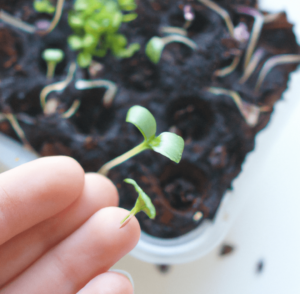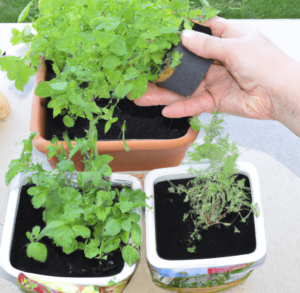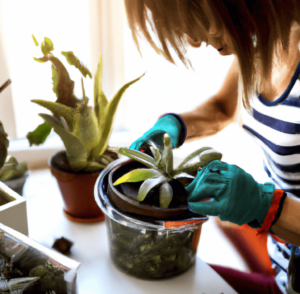Growing your own garden but struggling with the growing number of garden slugs? This gooey, slow creature munches on your precious plants and can devour and destroy seedlings overnight! If left unattended, slugs can cause ugly holes in your plant leaves, stems, flowers, potatoes, bulbs, while also leaving behind slimy trails. They are especially vicious towards shade plants as they are protected from the sunlight.
The slug population remains active most of the year and especially during springtime when your plants are out in full bloom. These slimy creatures lurk after dark when it is warm and humid and bury themselves in the soil to remain cool, hydrated, and away from natural predators like ground beetles, toads, turtles, squirrels, salamanders, mice, etc.
Slugs love feeding on leafy greens but some larger varieties of slugs also feed on garden debris and dead garden plants which can actually be quite helpful in the composting process, so they can be beneficial insects at times. Here at Your House Your Garden, we will teach the various methods you can use to deter these little creatures from destroying your precious plants.
Sometimes, despite all your best efforts, the damages and losses caused by slugs cannot be helped, but you can certainly take a variety of steps to create added layers of protection to keep the losses minimum. This doesn’t necessarily mean killing slugs, but you can certainly take measures to repel slugs from destroying your flower, fruit, or vegetable gardens. Keep on reading to learn how to get rid of slugs and follow our gardening guides to know more about tips on growing mosquito repellent plants, growing fruit such as peppers, and learning about growing air plants.
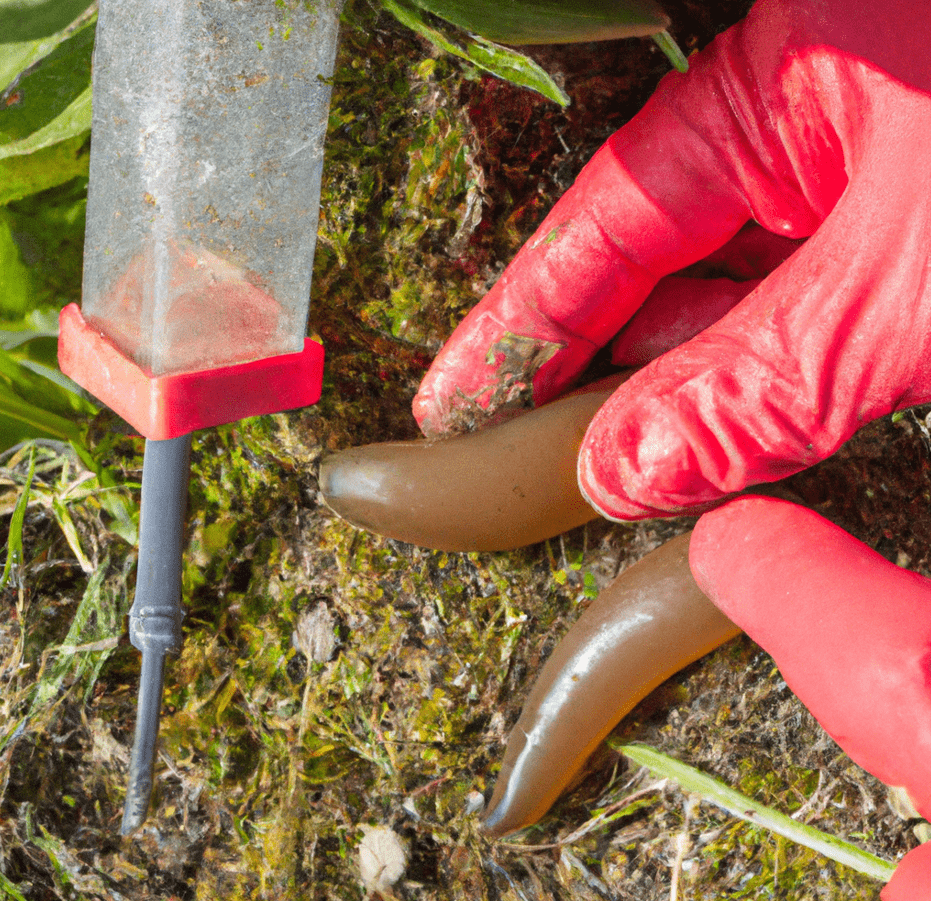
How to Control Slug Population
There are numerous ways and measures you can take to deter slugs and snails from feeding on susceptible plants, destroying seedlings, and leaving behind bite marks.
1. Create a Slug-Free Spot
Since it is impossible to eliminate slugs from your garden completely, you could instead create a special zone in the garden that you aim to keep free of garden slugs. The most vulnerable part of any garden are the seedlings and young plants, so make sure you have those areas covered. This usually includes cold frames, raised beds, plantation bumps, etc. One way to get rid of slugs in that area is by covering the base of your pots with mesh before you add compost. This way the slugs will not gain any entry to the stem or the leaves.
You can also try and delay planting out the seedlings until they have grown enough that they can manage to withstand a slug attack. Overfeeding your new plants can also attract slugs as it results in healthy, lush leafy greens – a slug’s favorite snack!

2. Water in a Biological Control
These days, gardeners all over the U.S. are switching to biological controls that consist of nematodes that can infect slugs and snails with bacteria and kill them. You can try this by watering the soil later in the day when the soil is still warm, moist, and humid. This remains effective for 5-6 weeks so you may have to repeat the process a few times throughout the season. Since you cannot possibly do this for your entire garden, we recommend zeroing in on those key areas with seedlings and raised beds, young plants, and expensive vegetation.
3. Invest in a Productive and Healthy Ecosystem
The most effective way of controlling a slug attack is by following the laws of nature. Creating a healthy and productive ecosystem in your garden helps these little creatures find a habitat such as shrubs and hedges. Planting trees will attract squirrels and birds such as thrushes and blackbirds, and these will happily feed on the slugs in your garden.
You can even add a little pond that can bring in toads, newts, and frogs and they will keep the slug population under control. Similarly, a slat will attract slow worms and they too will happily eat those pesky creatures, creating a smooth balance and a circle of life in your very own garden.
Encouraging a variety of wildlife into your garden will protect your plants and restrain all the slugs from destroying vegetation. Additionally, paying attention to your soil and injecting the right nutrients will also produce healthier plants that can withstand rampant slug damage.
4. Water Plants Early in the Morning
This is a great way to ensure that your soil has completely dried out by the evening which is when garden slugs are most active. When your soil is wet during evenings, it can encourage slugs to latch on top plants and snack on them.
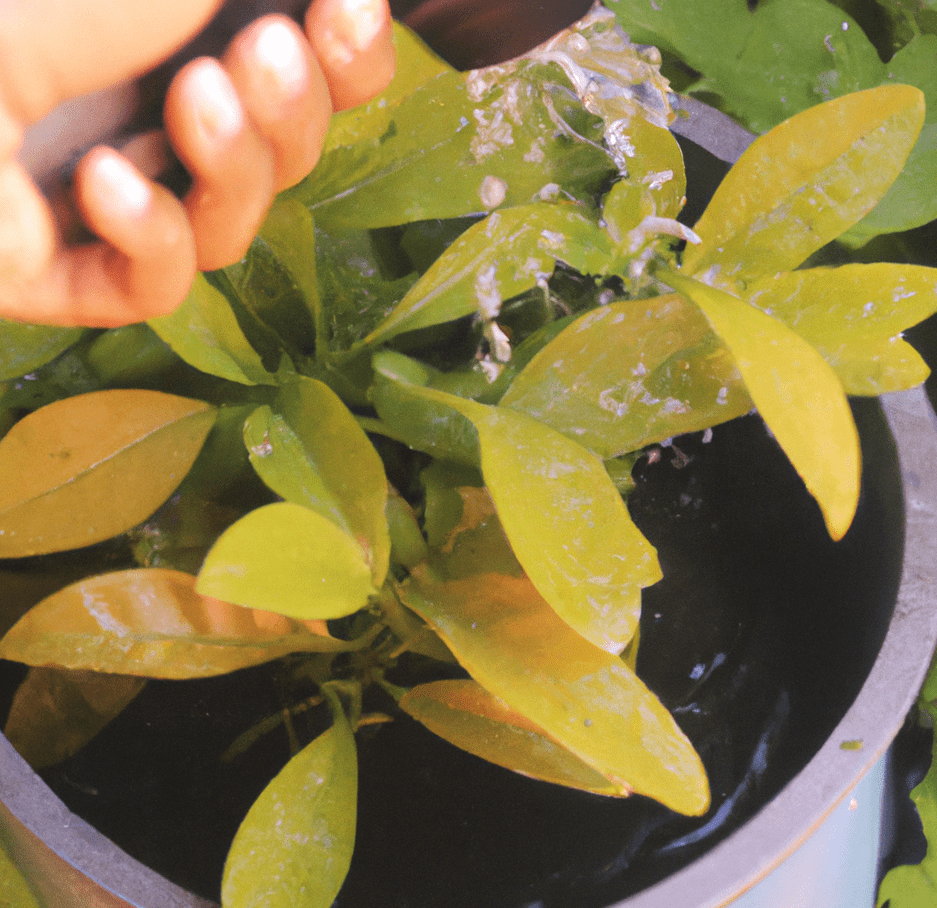
5. Use Strong Mulch, Garlic, or a Gooey Barrier
Slugs find certain pungent and prickly materials difficult to cross over. This includes items such as cat litter, sawdust, sad, bark, ash, etc. Coffee grounds and wool pellets are also excellent deterrents. Whichever item you pick, make sure you top it up regularly as slugs can easily avoid it by sinking deep into the ground.
Other deterrents include gooey or slimy barriers such as garlic paste or even garlic bulbs, petroleum jelly, or double sided tape that can also be attached to pot edges.
6. Use Organic Pellets
These organic slug pellets contain metaldehyde which is extremely toxic and lethal against slugs. Keep in mind that this substance is dangerous for other animals as well so if you have dogs or cats as pets, you should avoid it. However, this substance has recently been banned in the United States, so instead, we recommend pellets made of ferric phosphate instead which are just as effective but less lethal to other wildlife.

7. Use Copper Rings
Copper rings or copper tape is an excellent solution to the growing slug problem. If one tries to reach over and cross it, it receives an electric shock that forces it back. These copper rings can be placed around seedlings and other vulnerable varieties of plants. Bury them deep as slugs may try and crawl from underneath the ring.
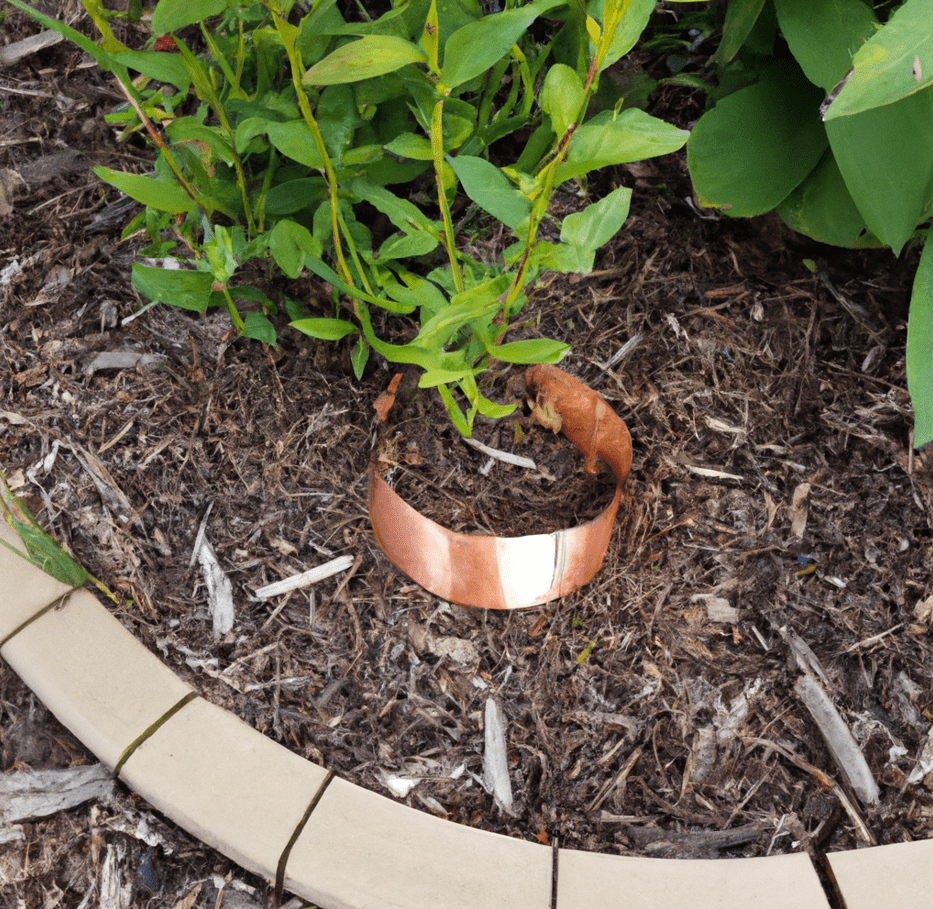
8. Create a Slug Zone in Your Garden
This method is perhaps the most old-fashioned out of all others but also the most effective against a slug attack. Grab a torch and put some gloves on. keep a bucket of salt water ready. Just an hour or two before dusk, go out and pick any slugs off your pants with your hands.
You can place old fruits, vegetables, oats or bran, in a corner to attract and lure the slugs towards it. Once they gather around, you can collect them all. Alternatively, you can also go around during the day and keep an eye out for any hiding places that are dark, damp, and cool. You can sometimes find them underneath the plant pots, pot saucers, etc.
It is crucial that you also periodically check for any slug eggs. These can commonly be found during spring or autumn time. They appear as tiny, squishy, and translucent white balls. You can leave them out for your birds to feed on.
9. Use Beer Traps
Slugs are attracted to the smell of beer so try making a beer trap using any cheap beer you have lying around. Simply place a container into the ground with only the top above soil level. Now fill it halfway with beer and place the lid on top loosely to keep other creatures from sinking inside. Keep an eye out on it and empty it regularly. Place these beer traps at the edge of your vegetable patch or flower pots because the slugs will still manage to reach the lush leaves if you place it inside.

10. Feed them Bran
Slugs enjoy oats and bran and will devour it on sight. This dehydrates and bloats them significantly and when they can no longer retreat to their dark hiding spots, they are an easier target for natural predators.
11. Invest in Slug-Resistant Plants for Your Garden
Plants with leathery, hairy, or scented leaves are more resistant against slugs. In fact, slugs tend to leave such plants alone due to their texture. Leafy green vegetables on the other hand are far more attractive and make for a better slug snack.
12. Pour Diatomaceous Earth
This white, powdery substance is extremely abrasive to insects’ exoskeleton and can cause severe dehydration. It dries out slugs and while it may not kill them, it certainly slows them down and makes them far easier to pick.
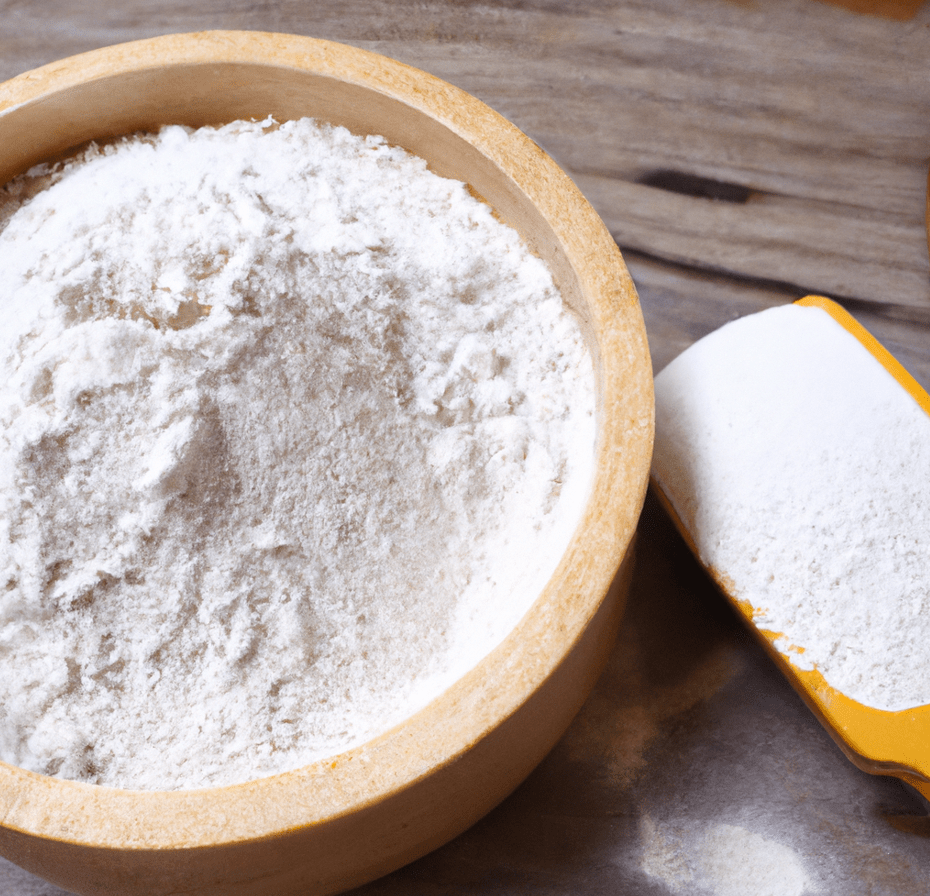
Frequently Asked Questions
Where do slugs go during the day?
Slugs are known to hide in wet, damp, and humid places during daytime. You can find them hidden under logs, stones, large leaves, small holes in the ground, etc. You can even spot them under low decks and planters in the garden.
How effective is diatomaceous earth against slugs?
Diatomaceous earth is extremely effective against slugs due to its abrasive nature and its impact on the slug’s exoskeleton. It causes them to dry out completely and eventually die or weaken or slow down.
What month do slugs come out?
Slugs can be found all through the year. As long as there is rain, humidity, dampness, etc., you will notice an increase in slug activity during evenings and nighttime.
Are coffee grounds effective against slugs?
Yes, coffee grounds are effective against slugs and are a popular home remedy to get rid of them. A caffeine solution is even better and one sniff of it will have them turning and running for good.


